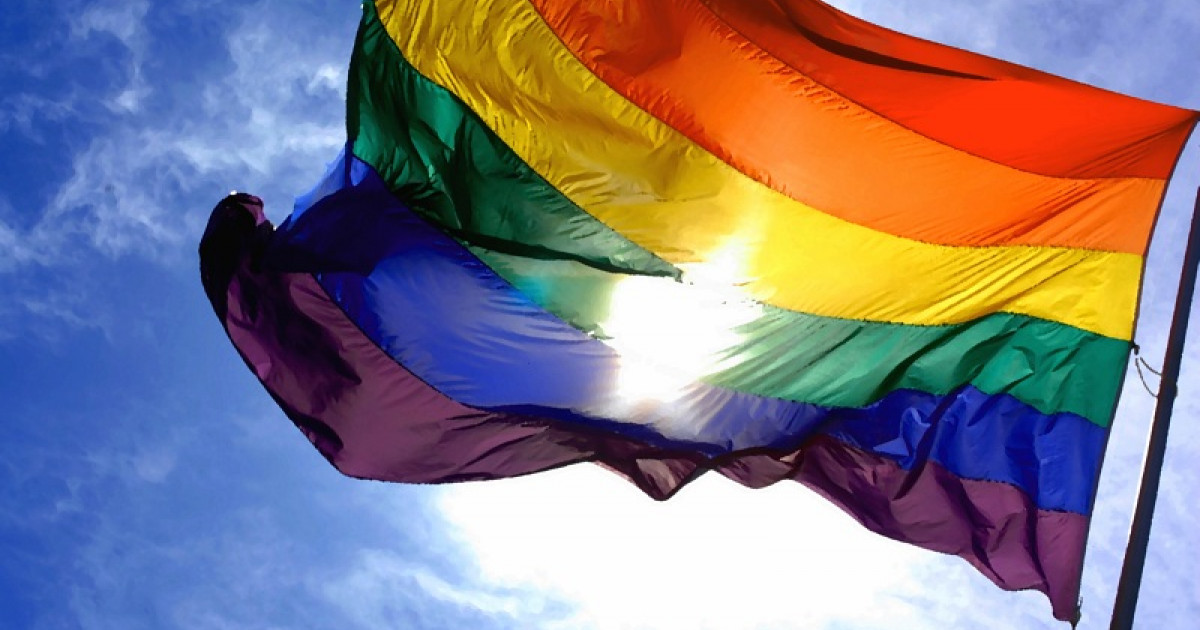5 Myths About Homosexuality Refuted by Science
Across nature, same-sex relationships are a common occurrence, yet human societies frequently stigmatize them. This article challenges prevalent myths surrounding homosexuality with scientific evidence, providing clarity on its biological, psychological, and social aspects.
What Science Says About Gays: Debunking Homosexuality Myths
Homophobia and cultural mistreatment of homosexual individuals are often rooted in misconceptions. Prejudices frequently arise from supposed incapacities for parenthood, promiscuity, or a false correlation between homosexuality and pedophilia. However, numerous studies consistently dismantle these widespread myths.
Homosexuality is Unnatural
In the animal kingdom, **homosexuality is well-documented and far more common than many realize**. Many species engage in same-sex sexual relations, practices linked to survival, strengthening social and affective bonds, biological adaptation, and evolutionary factors. The recurring myth that homosexuality goes against nature’s laws, suggesting procreation as the sole purpose of sexual acts, lacks naturalistic support. Beyond humans, **over 1,500 animal species** exhibit homosexual behaviors, including penguins, swans, chimpanzees, and giraffes. The scientific community studying animal biology widely agrees that not all sexual acts are solely for reproductive functions.
Learn more about homosexual animals in nature.
Homosexual Relationships are Promiscuous and Short-Lived
One persistent stereotype about homosexual individuals claims their romantic relationships are more superficial, less durable, or less “romantic” than heterosexual ones. This notion is not supported by evidence. Research conducted by the **University of Washington** directly challenged this stereotype with empirical data. A 12-year study tracking the development, relationships, and activities of same-sex couples found that approximately 20% of these relationships ended during the period. This breakup rate was actually **lower than that observed in heterosexual couples**. Researchers emphasized that these findings should foster greater understanding and respect for same-sex partnerships, moving beyond outdated stereotypes and biases.
Discover insights from research on same-sex couples and relationship improvement.
Many Pedophiles are Homosexual
The assertion that many pedophiles are homosexual is a grave generalization that unfairly casts homosexual individuals in a negative light. Extensive research has been conducted to examine this claim, and findings consistently conclude that such a relationship is nonexistent. For instance, a study from the Clark Institute of Psychiatry in Canada presented photographs of children and adolescents of both sexes to homosexual and heterosexual men while monitoring their sexual arousal. The results indicated that **heterosexual men tended to show more arousal than homosexual men, particularly when viewing photos of girls**.
Years later, a University of Denver study examining 265 children who had been victims of sexual abuse by adults reported that in 82% of cases, the aggressor was a heterosexual individual within the child’s immediate circle. Only two cases out of 265 involved a homosexual perpetrator. Researchers concluded that the link between homosexuality and pedophilia not only lacks empirical support but is significantly weaker than among heterosexual individuals.
Read the abstract of the University of Denver study on child abuse.
Homosexuals Cannot Raise Children Well
Opponents of same-sex marriage often extend their disapproval to adoption by homosexual couples, arguing that gay parents negatively influence children because “a child needs a mother and a father to grow up correctly.” However, data consistently reveals these claims are unfounded.
A 2011 study explored 90 adolescents; 45 lived with same-sex parents, while the other 45 were from traditional families. Factors of daily life, academic performance, and social integration were analyzed, and both groups reported comparable outcomes. Notably, children with same-sex parents achieved slightly higher academic qualifications. Additional research has concluded that children raised in same-sex households were less prone to vandalism or delinquent behaviors compared to children of heterosexual parents. Tim Biblarz, a sociologist at the University of California, stated, “The data indicate that children raised with same-sex parents are equally capable individuals with comparable performance (or even slightly superior) to children raised with heterosexual parents.”
Explore studies showing positive outcomes for children raised by lesbian parents.
Homosexuality is a Pathology That Can Be Cured
In certain outdated perspectives, homosexuality is often labeled as a “disease,” with the belief that it can be “cured” through specific interventions. However, human, biological, and particularly genetic sciences have indicated that same-sex attraction stems from a genetic characteristic, thus having a **biological basis**.
To investigate the genetic link to homosexuality, scientists have observed and compared identical twins (who share all genes) with fraternal twins (who share approximately 50%). The results demonstrated that nearly all identical twins shared the same sexual orientation, which was not the case for fraternal twins. This strongly suggested a genetic factor in determining an individual’s sexual orientation.
Other investigations have provided data indicating that biological factors, such as exposure to specific hormones in the uterus, can also influence an individual’s sexual orientation. Certain physiological differences, like variations in the inner ear structure between heterosexual and lesbian women, further reinforce this idea. Sandra Witelson, a professor of neurosciences at McMaster University, Canada, explains, “The data support the theory that asymmetries in the central nervous system exist among individuals with different sexual orientations, and that these differences may be linked to early factors in brain development.
Read about the genetic factors potentially linked to male homosexuality.

